Birth registration of girls remains low
Majority of women and girls have no legal existence in the official systems
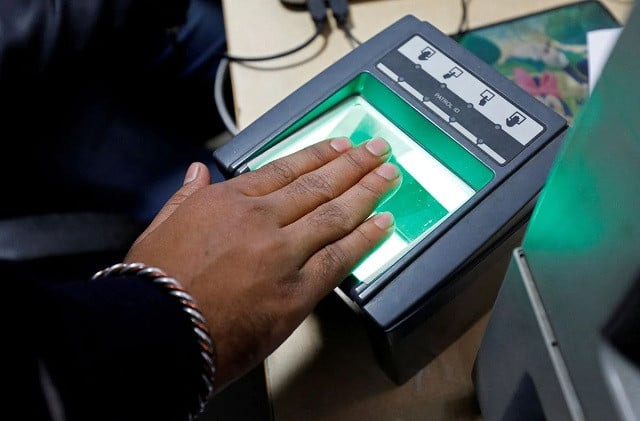
Where limited access to registration centers, particularly in remote and underserved areas, can partly explain the low birth registration rate for girls in Khyber-Pakhtunkhwa, the social bias which confines women to the four walls of the home continues to withhold many from getting a legal identity.
In the absence of a birth certificate, not only are girls excluded from availing critical services such as vaccination programs, education, and healthcare, but they are also left vulnerable to malnutrition, child labour, child marriage, exploitation, trafficking, and abuse. Furthermore, in cases of family disputes, abduction, or trafficking, a birth certificate serves as an essential proof of identity and age.
According to the 2017-18 Pakistan Demographic and Health Survey (PDHS), only 42 per cent of children under the age of five in the country have their births officially registered. Among the provinces, Punjab leads with a 75 per cent birth registration rate, followed by Balochistan with a 44 per cent rate and Sindh with a 34 per cent rate. K-P has the lowest rate of birth registration among the four provinces, with just 30 per cent of children under five registered with NADRA.
Digging deeper into the gender-specific disparities in birth registration, various reports of the Multiple Indicator Cluster Survey (MICS) taken from between 2016 to 2020, have concluded that barely 29 per cent of girls born in the province are registered after birth.
Although this difference of one per cent might appear insignificant, the fact that in all the other three provinces, the official birth registration rates for both the genders are the exact same indicates that the barriers hindering birth registration are considerably greater for baby girls than boys in K-P.
Professor Dr Anoosh Khan, Chairperson of the Department of Gender Studies at the University of Peshawar, highlighted the gender disparity in birth registration, whereby the reluctance of families to register the birth of daughters deprived girls of basic rights, including access to education, voting, and inheritance.
"In remote areas, parents often fail to recognize the importance of registering a girl's birth. This is primarily because they don't envision a future where their daughters can work, go to school, or travel abroad.
This mindset is rooted in a lack of education and awareness. The non-registration of girls not only affects individuals but also distorts national data. Incorrect census data can have long-term consequences on resource allocation. When girls' births aren't registered, the true demographic picture is skewed, impacting the country's planning and resource distribution," informed Dr Khan.
Dr Khan's views are supported by the fact that in the merged areas of K-P, communities have historically been isolated from mainstream governance. With minimal state presence and a deep-seated mistrust of authorities, many people are reluctant to engage with official processes like birth registration. This mistrust stems from decades of neglect and a lack of proper representation in government affairs, which has left these areas disconnected from the broader system.
Imran Takkar, a children's rights activist, emphasized the need for a concerted effort from the government, NGOs, and local communities to ensure that every child, regardless of gender or location, was given access to birth registration. "In order to achieve this, we must integrate birth registration with other services, such as healthcare and education, to improve registration rates in conflict-affected areas," opined Takkar.




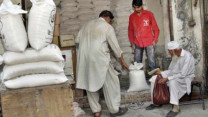

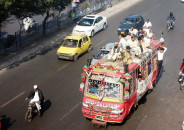





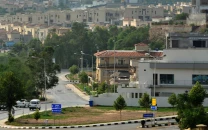
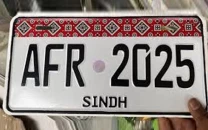







COMMENTS (1)
Comments are moderated and generally will be posted if they are on-topic and not abusive.
For more information, please see our Comments FAQ